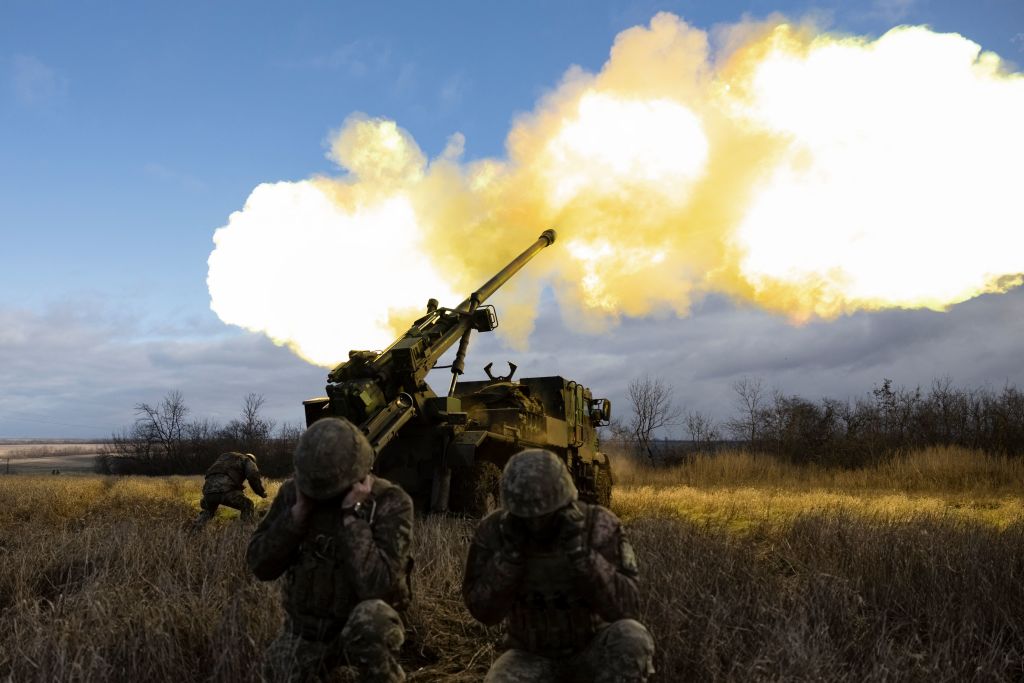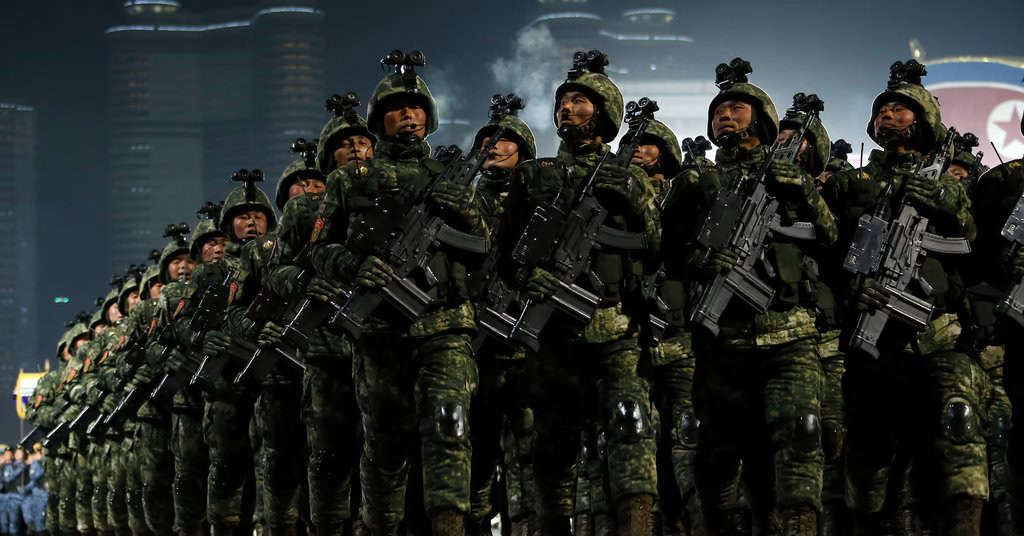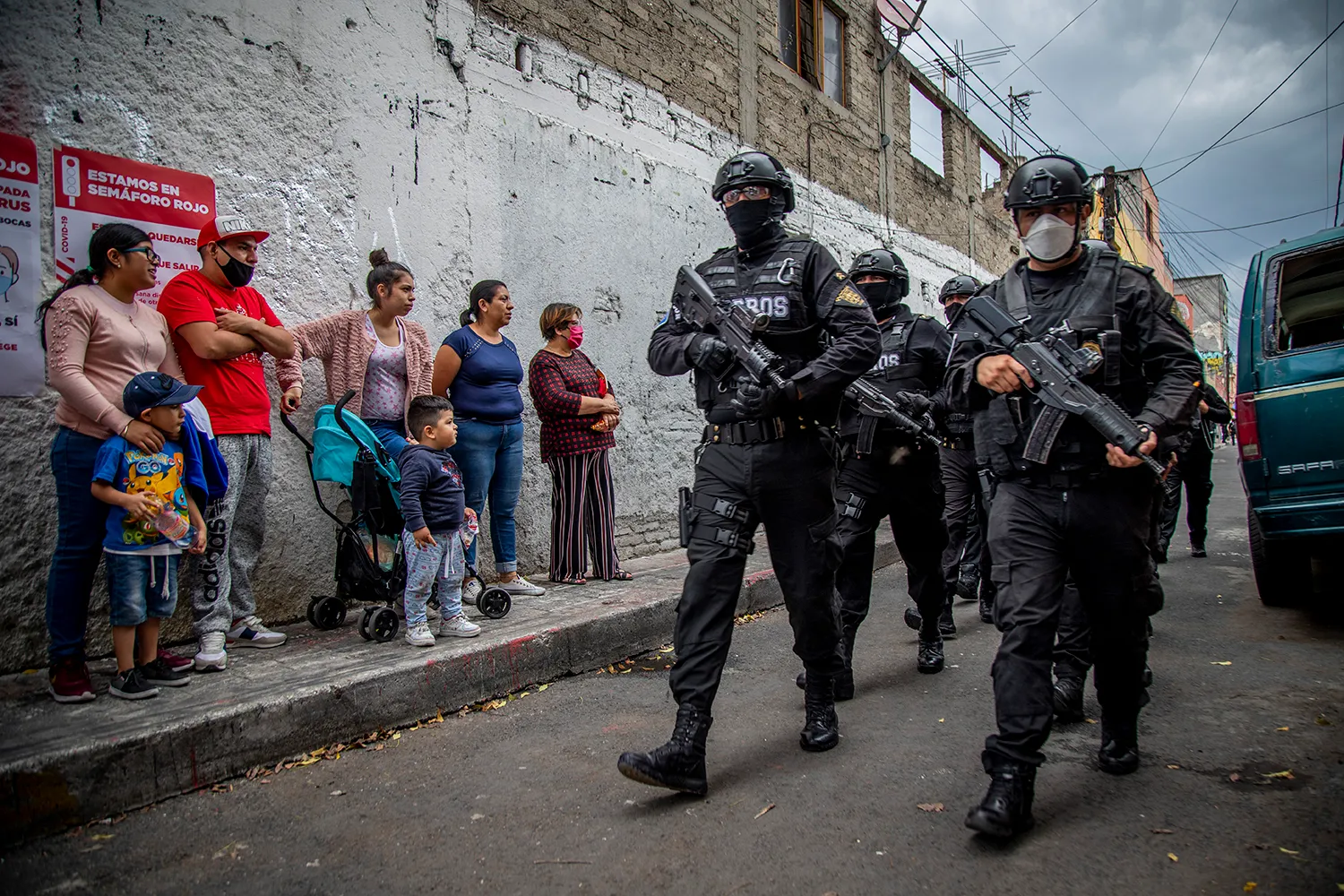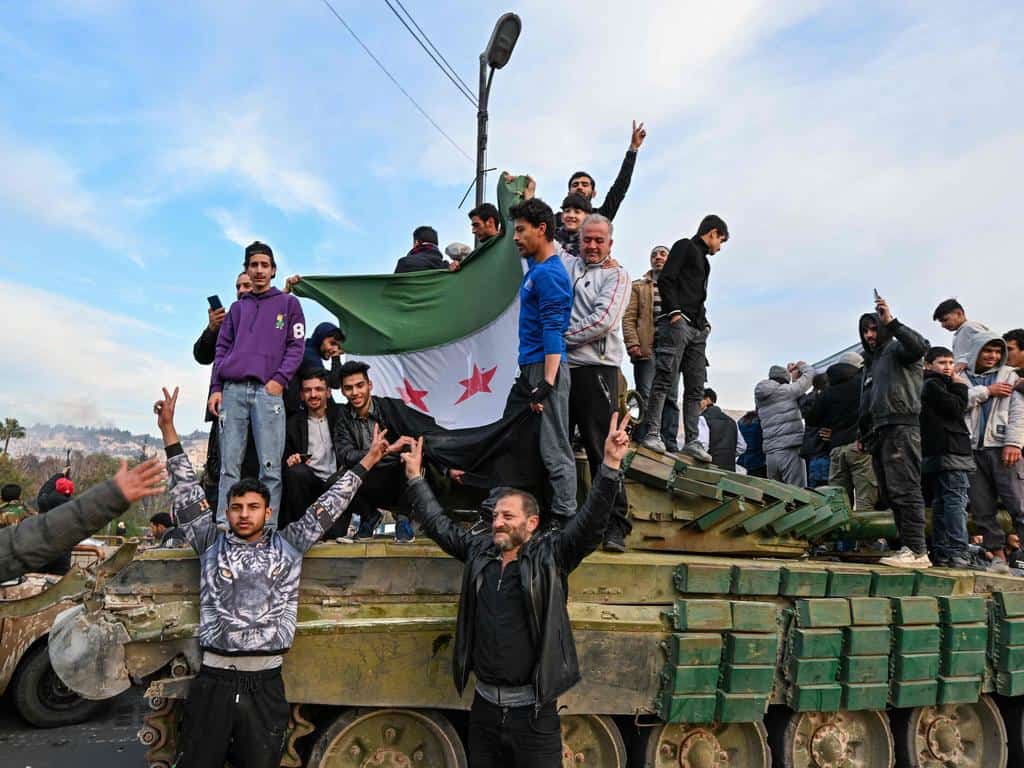Ukrainian Troops Advance into Russia’s Kursk Region
In a surprising turn of events, Ukrainian forces have advanced deep into Russia’s western Kursk region, marking the fourth day of a bold cross-border offensive. The Russian Defense Ministry reports that they are continuing to repel the Ukrainian military, claiming over 280 Ukrainian casualties in the past 24 hours, though these figures have not been independently verified. This operation marks Kyiv’s most significant incursion into Russian territory since the conflict began in February 2022.
Ukraine’s Strategic Silence and President Zelensky’s Resolve
While Ukraine has not officially acknowledged the incursion, President Volodymyr Zelensky has hinted at the operation’s significance. On Thursday, he emphasized that Russia must “feel” the consequences of its actions in Ukraine. This statement, while indirect, underscores Kyiv’s commitment to making Russia pay for its invasion.
Proximity to Nuclear Power Plants Raises Global Concerns
As the fighting in Kursk approaches a nearby nuclear power plant, international concerns have mounted. The International Atomic Energy Agency (IAEA) chief, Rafael Grossi, has called for maximum restraint to avoid a nuclear disaster with potentially severe radiological consequences. The possibility of such an event adds another layer of urgency to the already tense situation.
Civilian Impact and Russian Retaliation
The offensive has not only rattled military forces but also affected civilians in the region. Some residents of the Kursk region have been evacuated, with one resident expressing fear, stating, “It’s terrible. They are bombing.” This sentiment reflects the growing anxiety among those caught in the crossfire.
In response to Ukraine’s actions, Russia has retaliated by striking a shopping center in Kostyantynivka, a town near the frontlines in the eastern Donetsk region. The attack resulted in the deaths of at least 14 people and injured 43 others. Residential buildings, shops, and vehicles were also damaged, highlighting the devastating impact on civilian areas.
Ukraine’s Bold Strike on Russian Military Assets
Ukraine’s military claimed a significant victory by striking a Russian military airfield deep within Russian territory, reportedly destroying a warehouse containing hundreds of glide bombs. The Lipetsk air base, located over 350km from Ukraine’s border, housed Su-34, Su-35, and MiG-31 warplanes, which Russia has used extensively against Ukrainian targets. This successful operation demonstrates Kyiv’s growing capability to target critical Russian military infrastructure.
Russia’s Struggles and Growing Criticism
Despite Russia’s efforts to suppress the Ukrainian offensive, evidence suggests that Ukrainian forces have made substantial gains. A video verified by the BBC shows a Russian convoy of 15 vehicles damaged and abandoned near Oktyabr’skoe, about 38km from the border, with Russian soldiers appearing injured or possibly deceased. The situation has prompted Russia to declare a “federal state of emergency” in the Kursk region, underlining the severity of the threat.
Russia’s inability to slow the Ukrainian advance has shocked both its military and the Kremlin. This operation represents a committed assault, far beyond the probing attacks seen in the past. It has forced Moscow to confront a new reality where it must defend its territory rather than dictate the war’s dynamics.
International Response and Economic Impact
Despite fears of escalation, Ukraine’s allies have largely supported the offensive as a legitimate act of self-defense. President Zelensky’s remarks that Russia should feel the consequences of its actions reflect a broader consensus that Ukraine is within its rights to launch such an operation.
The economic impact of the conflict is also becoming evident, with the Russian rouble falling 2.5% against the dollar. Analysts attribute this decline, in part, to the Ukrainian offensive in Kursk, highlighting the broader economic repercussions of the conflict.
Ukraine’s deep incursion into Russia’s Kursk region represents a significant shift in the conflict. As the situation evolves, both nations face new challenges and uncertainties. The outcome of this offensive could have far-reaching implications for the future of the war and the geopolitical landscape of Eastern Europe.





